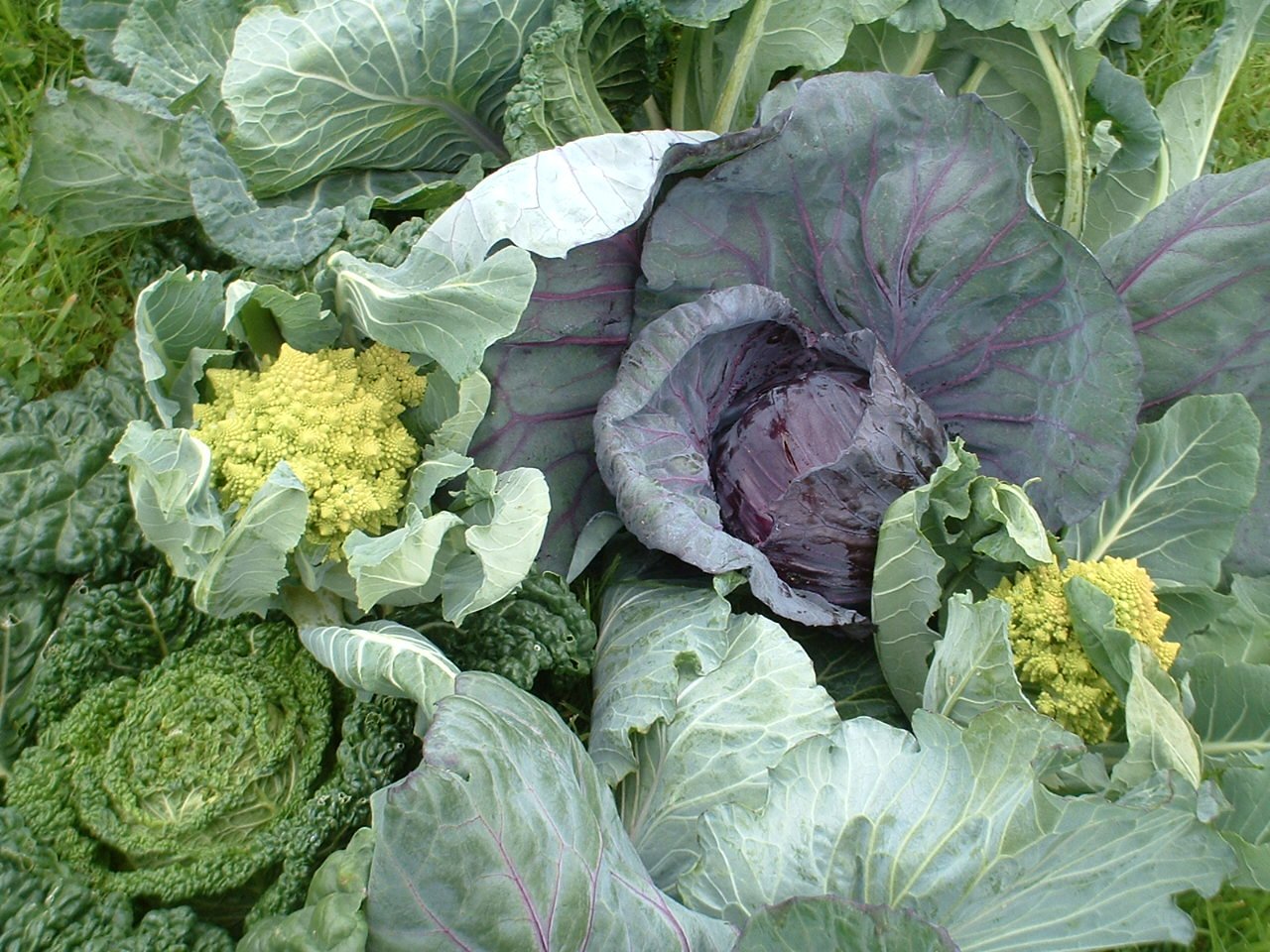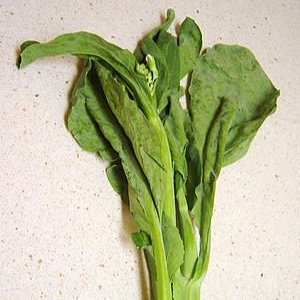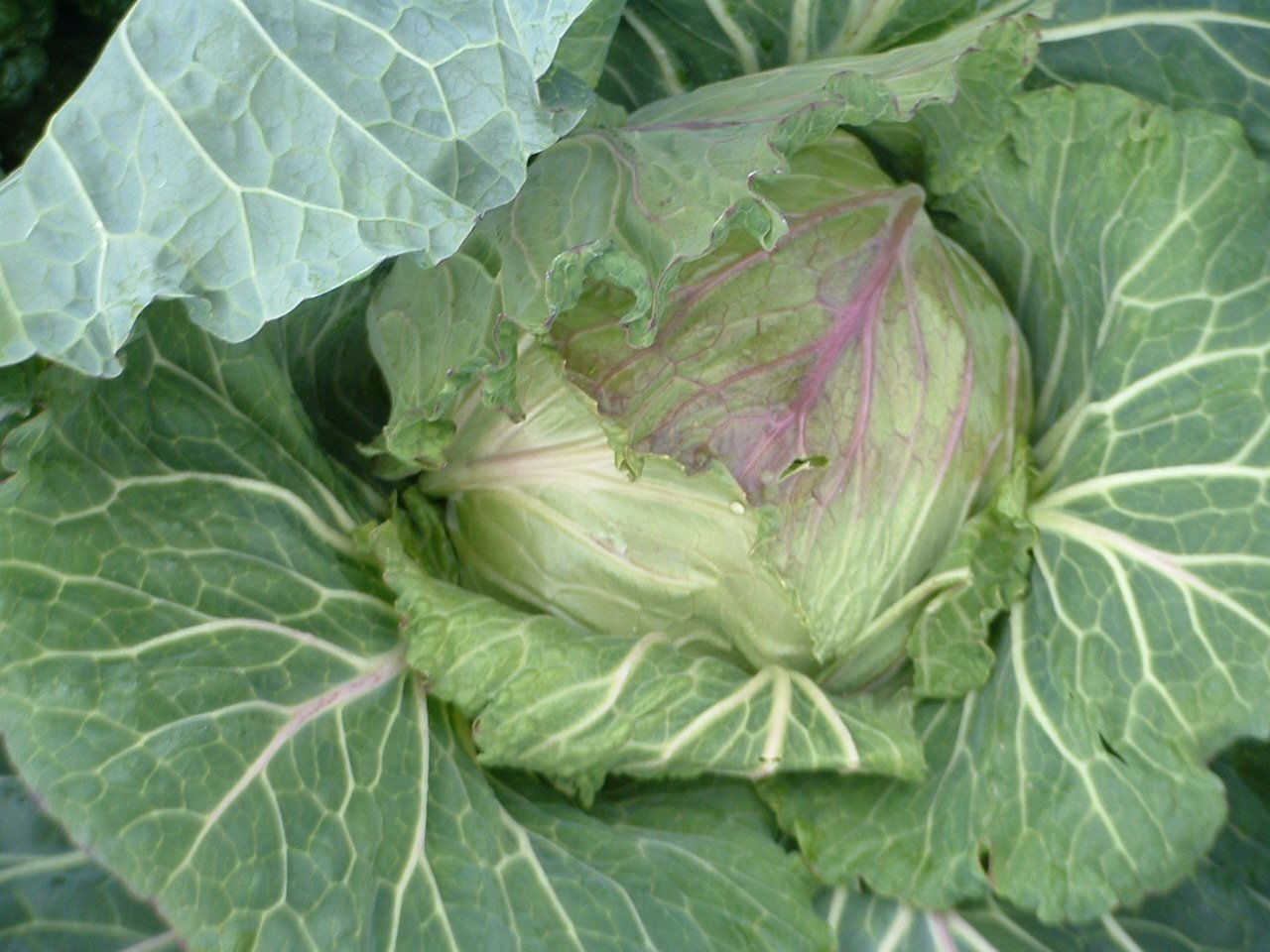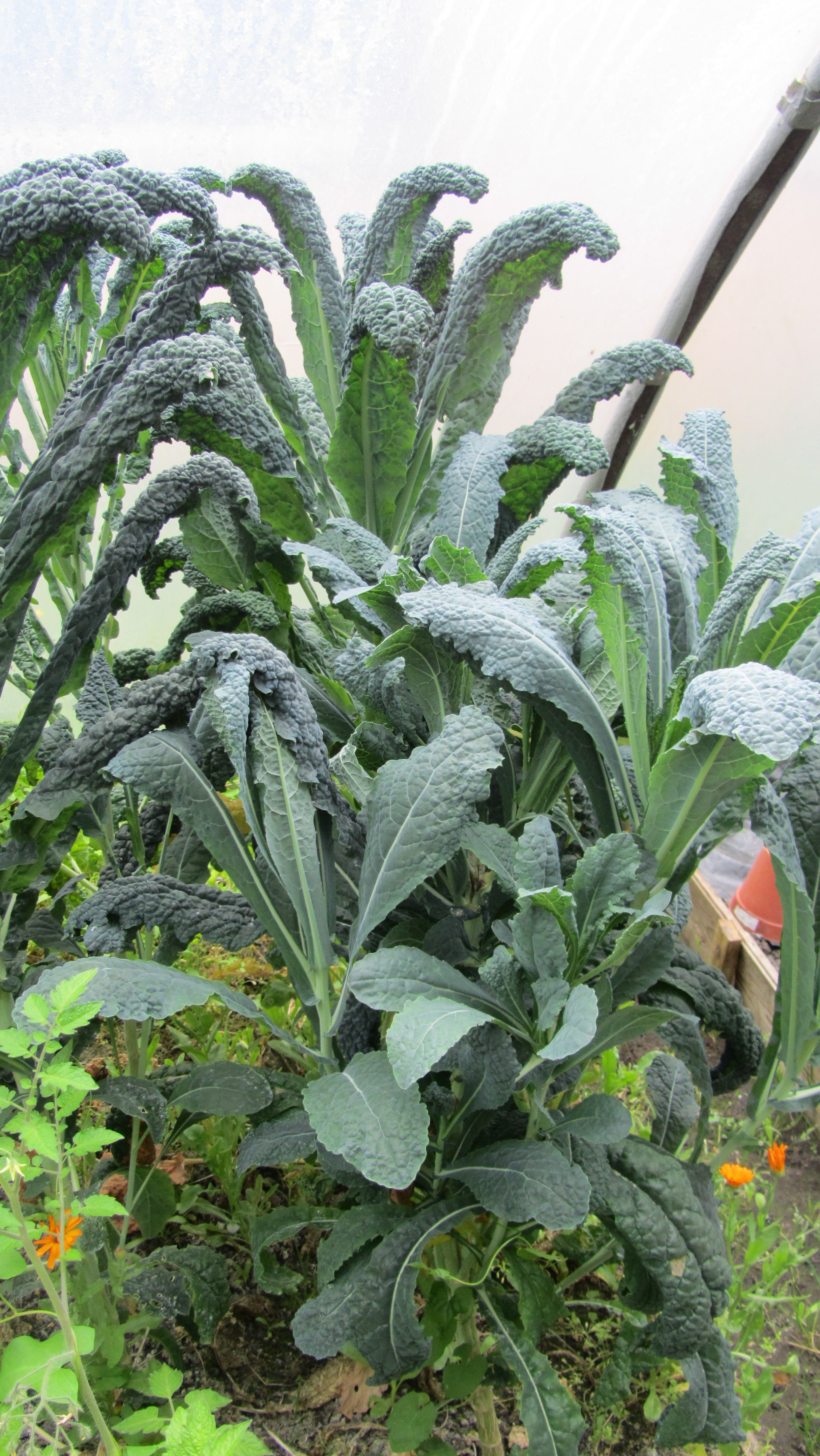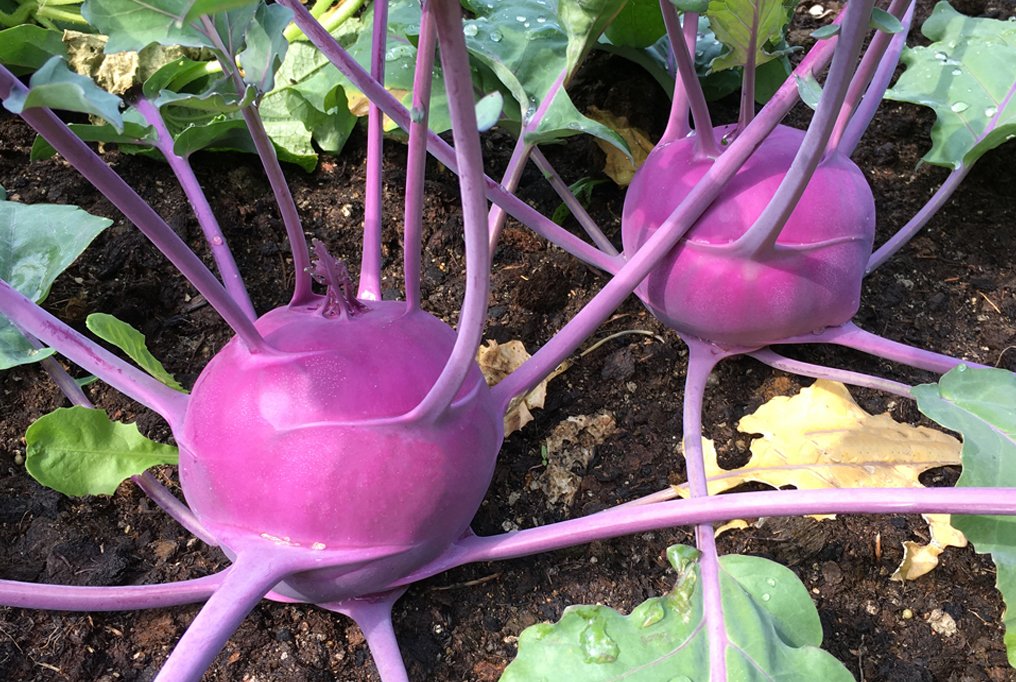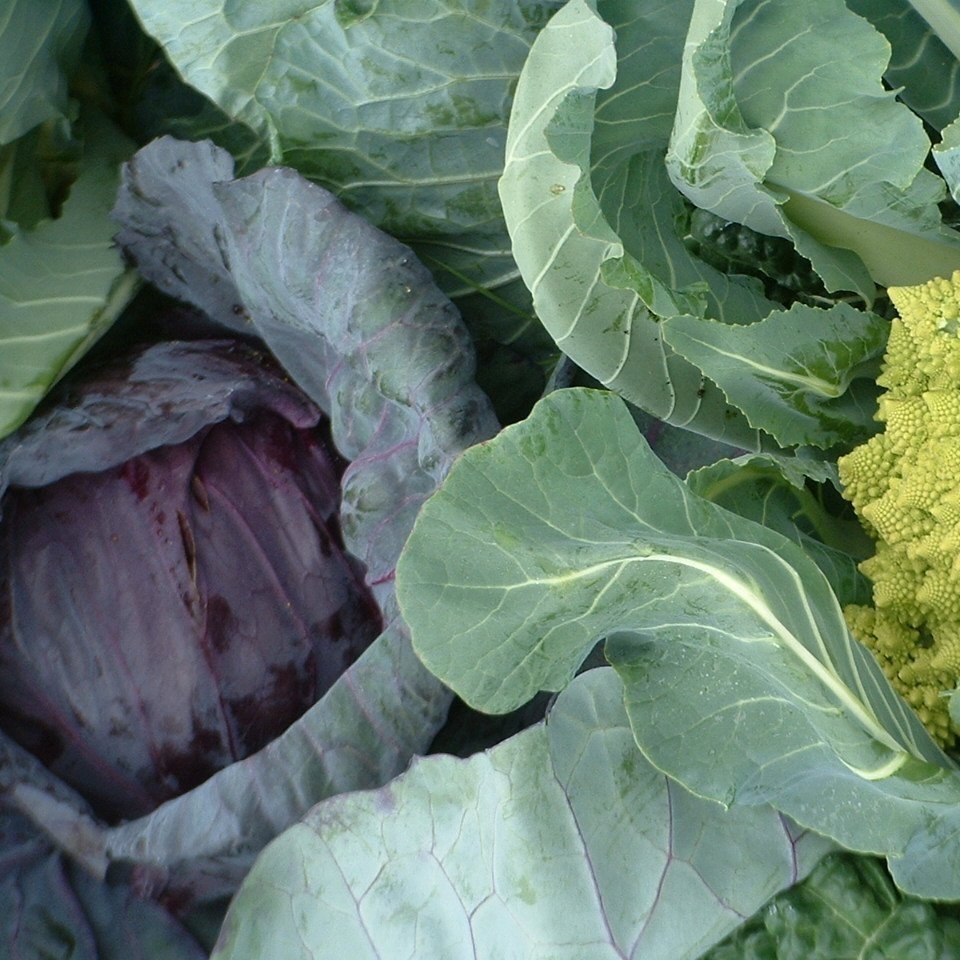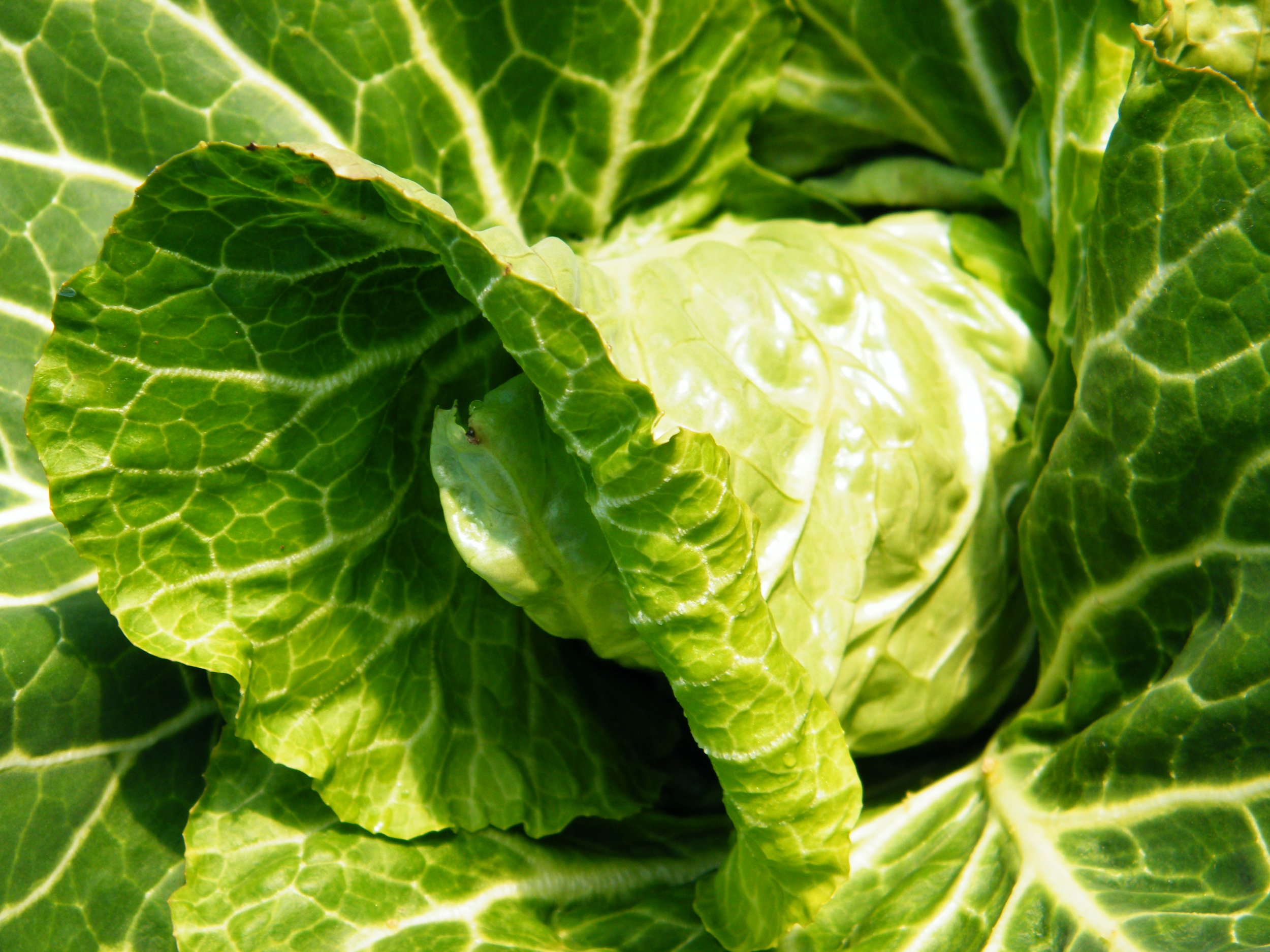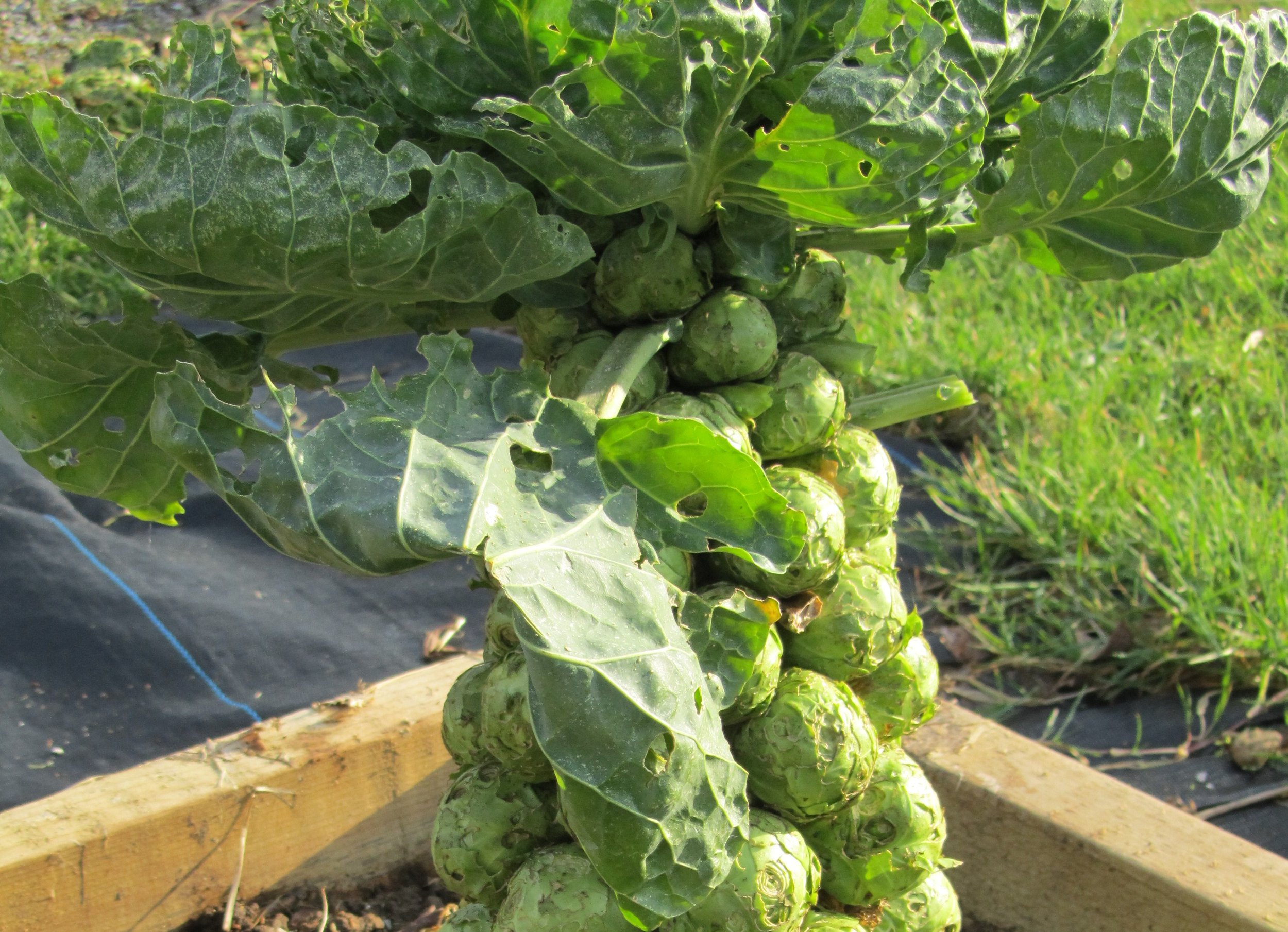A Cabbage for all Seasons
The time for cabbage is not over - in fact there is a renaissance for all sorts
Cabbage, brussel sprouts, kale, cauliflower, sprouting broccoli, calabrese, I think everyone is still with me. Turnip, swede, kohlrabi, Chinese cabbage, have I lost anyone yet? Pak choi, mizuna, rocket, cress, mustard greens? Oriental greens, remember them? Radish, horseradish, Japanese horseradish (Wasabi Japonica), what about them? Well they also belong to the cabbage family, the Brassicas, the cruciferous vegetables – arguably the largest family of edible varieties, with around 7,500 members.
The humble cabbage has become a bit of an enigma amongst gardeners in recent times. Many grow them out of tradition; some have stopped growing them; some question the value for space of a head of cabbage sown in April and harvested in September; some sow them in succession. Some love the wide selection of varieties. Some praise cabbage as an excellent source of Vitamins, especially C.
Captain Cook credited the excellent health of his crew to daily intake of sauerkraut, or fermented cabbage. Germans love their sauerkraut, made from a cone-shaped variety called Filderkraut.
The Community of Fermentistas believe you don’t need to buy your sauerkraut from German discounters – make it yourself with the help of freely available ‘lactic acid bacteria’. Remarkable, isn’t it!
The cabbage revival is on
To the naysayers, I say: The time for cabbage is not over. A new cabbage-growing movement has already started, with varieties like kohlrabi and seakale and land and watercress. Spring cabbages, sown in July and August, planted out in September will be ready to be harvested in April and May, filling the ‘hungry gap’. And we are talking outdoors.
The community of gardeners who are into oriental lettuces are growing every year with new varieties like Mibuna and Mizuna, and all sorts of Mustard greens. We ordinary gardeners are discovering what the Grand Dame of Orientals, Joy Larkcom, championed more than 20 years ago.
…and varieties do matter
More unusual varieties like Kohlrabi, a standard food on most German and also Indian dinner tables, are spreading from kitchen gardens to restaurants. Kohlrabi deserves that newfound attention, because its flavour outshines that of turnips and parsnips. Available as white and red varieties, it can be eaten cooked or raw. It’s really nice grated into a raw salad.
One of my favourite varieties is Hispi, a fast-maturing spring cabbage, because its great for successional sowings, ideal for close spacings, increasing the VSR (value for space rating) and with a superb flavour.
…and now to Kai Lan
I heard about Kai Lan, or Chinese broccoli, from Mark Diacono, the head gardener at River Cottage, at last year’s GIY conference in Waterford. He was raving about the flavour of the plant: “Kai Lan is a dreamlike combination of the finest flavours you can get from broccoli, kale and asparagus.” So I have sown Kai Lan now for the first time.
Kai Lan grows as a bush, anything up to a meter tall, and the whole plant is edible from its thick blue green leaves to its fat stems to its small flower heads. In terms of harvesting, it is a funny cross between a sprouting broccoli, a perennial cabbage and a cut-and-come-again lettuce, as about two months after sowing you can continue harvesting until the autumn.
You can sow Kai Lan in pots or modules from March through to September, planting seedlings 40-50 cm apart when they are established. As part of the cabbage family, they can suffer from the same pests and diseases as your other brassicas, but Mark says Kai Lan grows fairly untroubled. I’ll keep you posted after the first harvest!
Sowing seasons
Spring cabbages Sown from July and August are harvested in the spring.
Summer cabbages Sown late March to mid April in a propagator at 18 Celsius for harvesting in the summer.
Autumn cabbages Sown from late April to May to be ready before the winter.

